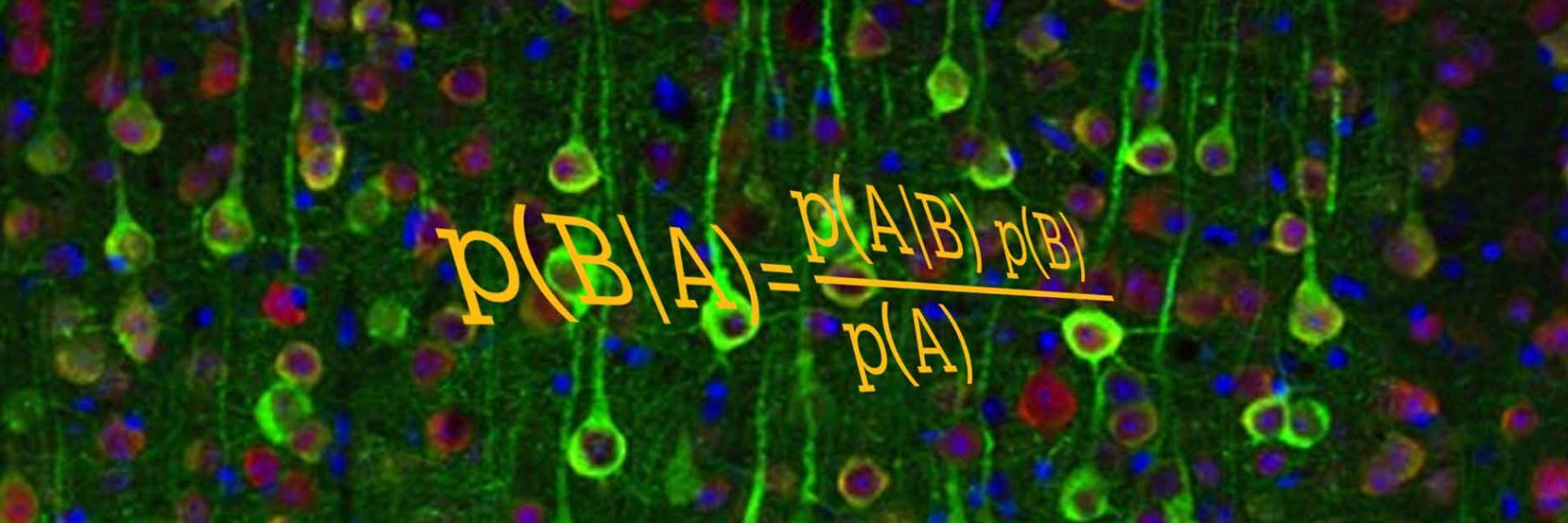How does the brain compute? Ensembles of neurons form circuits that constitute the functional building blocks of the brain. Using tools from dynamical systems theory and numerical simulations, NRI investigators study the computations achieved by neural circuits. They use techniques from computer vision and artificial intelligence to track and analyze the behavior of cells and entire organisms. They apply concepts of physics and information theory to determine the constraints affecting the functions of neural processes and their motor manifestations. By iterating a loop between experimentation and theory, NRI investigators aim to test and refine models of neural-circuit computation.
